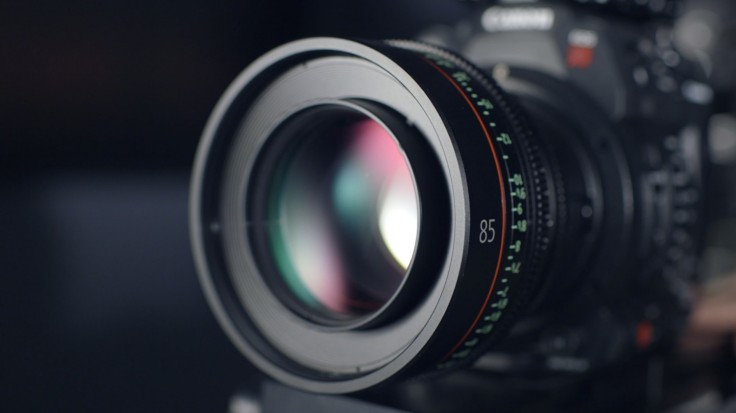
Researchers from Northwestern University Engineering Department created a superman camera that can see through skin and other objects.
In addition to this, the holographic camera technique used contains several possible applications, including the detection of hidden objects without knowing the location.
Superman Camera Can See Through Objects
According to PetaPixel, Northwestern University Engineering Department researchers have developed a high-resolution camera that can see around corners as well as through objects such as skin, fog and a human skull.
The technique is known as synthetic wavelength holography, and it is a novel method that works by scattering light indirectly onto invisible objects, which then scatters again and travels back to the camera. The dispersed light signal is then rebuilt using an algorithm that reveals unseen objects.
According to the researchers, this method could possibly observe fast-moving things such as automobiles speeding around the corner, or the human heart pounding through a chest due to its great temporal precision.
Moreover, the challenges of photographing or visualizing a thing around a corner may appear to be unrelated to seeing an organ inside a human body. However, the researchers claimed that they are closely linked because both involve scattering media.
The said scattering media strikes light into an object and spreads in such a manner that a direct image of the object is no longer visible.
For background information, synthetic wavelength holography is part of a new field of research known as non-line-of-sight imaging or (NLoS). As mentioned, the Northwestern researchers discovered a method for quickly photographing full-field photographs of broad areas with submillimeter accuracy.
"With this level of resolution, the computational camera could potentially image through the skin to see even the tiniest capillaries at work," the science and engineering editor Amanda Morris furthered on the Northwestern blog post.
Non-line-of-sight Imaging
To give much clarity, the team believes that medical imaging is the most apparent use for the technology. However, they also suggest that it may be used as an early-warning tool in automobile navigation systems or for industrial inspection in tight places. Additionally, the researchers claimed that the possibilities of NLos applications are endless.
The first author of the study, Florian Willomitzer, indicated on Northwestern University's blog post that their innovation will introduce a new era of imaging possibilities.
"Our current sensor prototypes use visible or infrared light, but the principle is universal and could be extended to other wavelengths. For example, the same method could be applied to radio waves for space exploration or underwater acoustic imaging. It can be applied to many areas, and we have only scratched the surface," Willomitzer furthered.
On the other hand, the synthetic wavelength holographic camera technique incorporates four important characteristics that are emphasized for the possible future application of non-line-of-sight imaging.
- Operating Aircraft Engines: A narrow probing area permits defects to be examined in tightly confined spaces.
- Navigating in Degraded Visual Environments: A wide angular field of view (FOV) allows a person to measure or detect concealed objects without knowing their location.
- Non-invasive Imaging of Brain Vessels Through the Skull: The ability to measure small structures with high spatial and temporal resolution.
- Cardiac Arrhythmia through The Chest: High temporal resolution enables monitoring of moving objects.
Despite the fact that the technology is still in its early stages, Willomitzer believes that it will be used someday to assist drivers in avoiding collisions and expects that it might take a decade or longer to happen.









